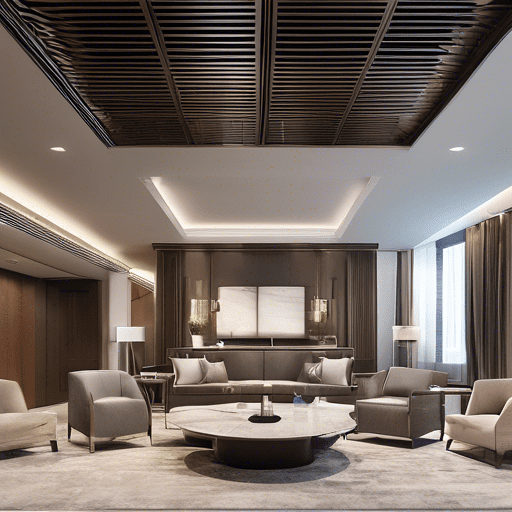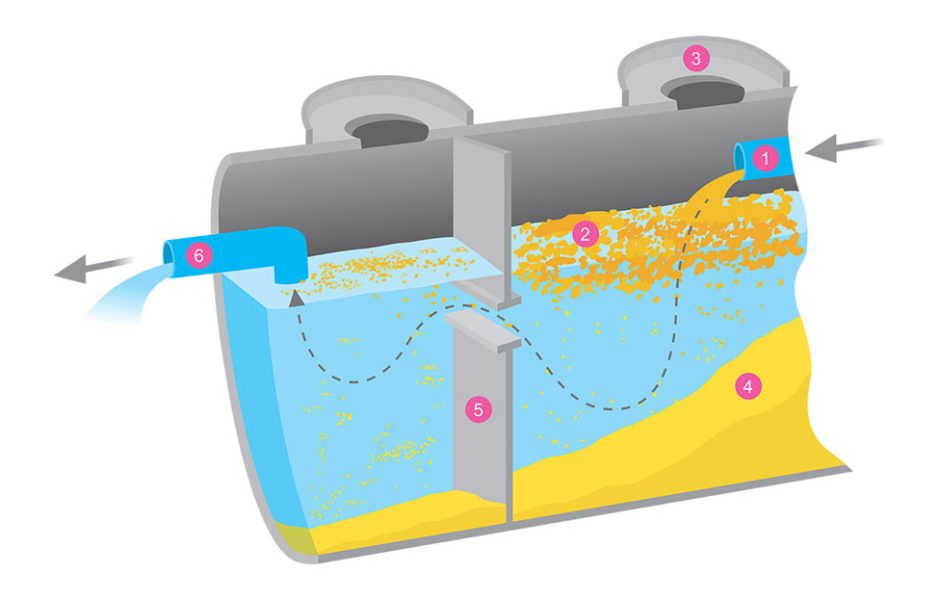In the world of HVAC design and MEP engineering, innovation often takes the form of more efficient systems, sustainable practices,
The re-utilization of existing building structures has been a usual practice. Remodeling implicates altering an entire space, room, or structure. The structural design for remodeling is often referred to as the residential renovation that includes outfitting, altering, eliminating, or adding any load-bearing components. This typically includes structures but can allude to anyone that is intended to bear loads, for instance, bridges, passageways, and many more. In this article, we will break through structural design for remodeling and the overall procedure engaged in designing and manipulating a faultless structural remodel.

Introduction to Remodeling
Remodeling can be well-defined as a cycle or a process to transform the structure of something, especially a structure or a building. The words “refurbish” and “remodel” are frequently used correspondently when it comes to contract, land, property, and interior design. Fundamentally, the dissimilarity between them is that a refurbishment refers to refurbishing or reestablishing something to an earlier state, while a remodel refers to building or constructing something unique. Remodeling inclines to be a much more complicated process than refurbishing, as it implicates making modifications to a building’s structure.
Introduction to Structural Design for Remodeling
Structural design is the logical analysis of the constancy, strength, steadiness, and rigidity of buildings or structures. The basic goal of structural design for remodeling is to remodel an existing structure equipped for resisting applied loads without causing any failure during its planned life. With diligent structural testing, estimations, and examinations, structural design for remodeling plays a substantial role in transforming the overall structure of the building by fulfilling the requirements of operational protection, applied to a function, and financial resources associated with the project while guaranteeing that all structural components remain steady and safe.
Steps involved in Structural Design for Remodeling
Proprietors or Landowners may consider a structural design for remodeling due to many reasons. Sometimes, people want to restore or maintain their households because of destruction caused by a blizzard or aging. Most frequently, the owners simply need to make their houses more valuable and cherished by installing windows, altering the home’s design, or extending living space. By considering the following steps, people can have a perfect structural design for remodeling their houses.
- Step 1: Meeting and Estimation
The initial step in a design process is an information-collection meeting where designers or engineers discuss the scope of the structural remodeling project and become acquainted with the customer’s design outlook. This step involves both an over-the-phone meeting and an email discussion as well as a site meeting.
During these discussions and meetings, the designers debate over the lifestyle requirements and design preferences for the customer. They get to comprehend more about the customer’s idea, expense, and schedule.
- Step 2: Development of Conceptual Design
Working thoroughly with the customer, the designers create a firm design path for the remodeled space. The group of designers creates illustrations and graphs related to the site plan that describes the existing layout situation of their property that comprises Structural assemblies, Interior barrier layout, and External features. They also suggest conditions design and conceptual drawings which comprise of demolition demonstrations, existing and proposed design plans as well as 3-D visions of the space and Isometric exterior.
- Step 3: Authorization and Construction Records
The designers make a set of sketches encompassing all the structural documentation required for construction, development, and licensing. This step embraces all technical development plans, for instance, 2-Dimensional and 3-Dimensional comprehensive framing ideas, Cross-section, advancement views, and structural linking details.

- Step 4: Interior Design
The interior designer phase is responsible to collaborate with the customer to make a mood board or artistic story and making comprehensive interior 2-Dimensional and 3-Dimensional sights to demonstrate finish resources and procedures. The customer also chooses the perfect themes, colors, and resources for the project, for instance, custom-designed tools, Lighting installations, and fine art, as well as furniture and decorations.
- Step 5: Pre-Construction Conference
To commence the remodeling project, the designers plan a pre-construction conference in which the customer will meet with the manager to evaluate and confer important particulars such as space, parking possibilities on-site, weekly hours of work, weekend working schedule, Materials, and many more.
Step 6: Construction and Fixations
The last step of structural design for remodeling is the construction and fixation in which the design plans come together and different accessories are assembled and installed. In this stage, the Project Administrator, Remodeling Manager, and Interior Designer will work diligently together to guarantee that the customer is informed and knowledgeable throughout the structural remodeling project, giving numerous methods of coordination to meet their requirements.
Conclusion
By concluding this article, the importance of structural design for remodeling has become clear. Professional architects are skilled enough to re-utilize old or existing structures and completely remodel them into a lavish and steady building. Thus, occupants can comfortably live their lives according to their standard of living.




About Author
InnoDez